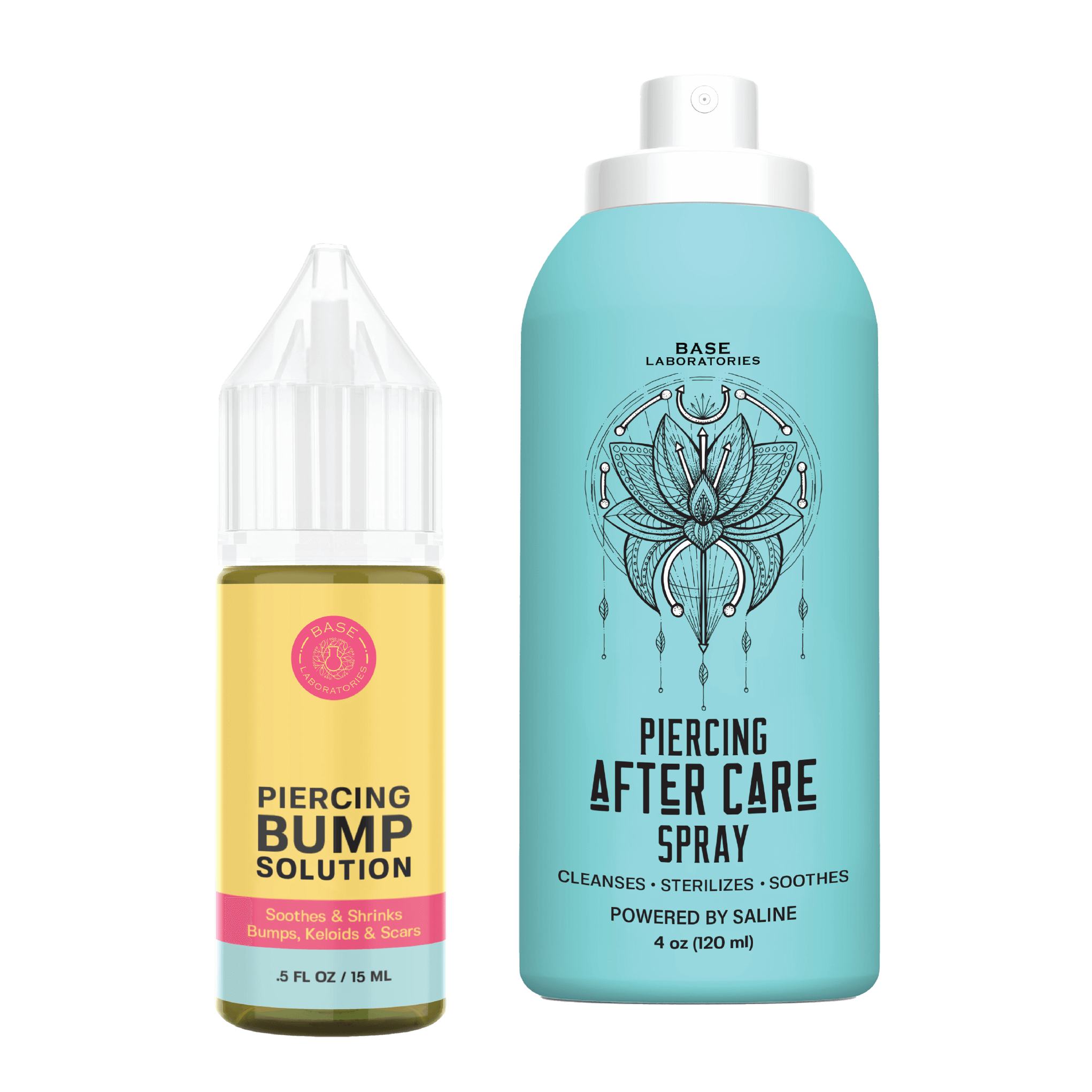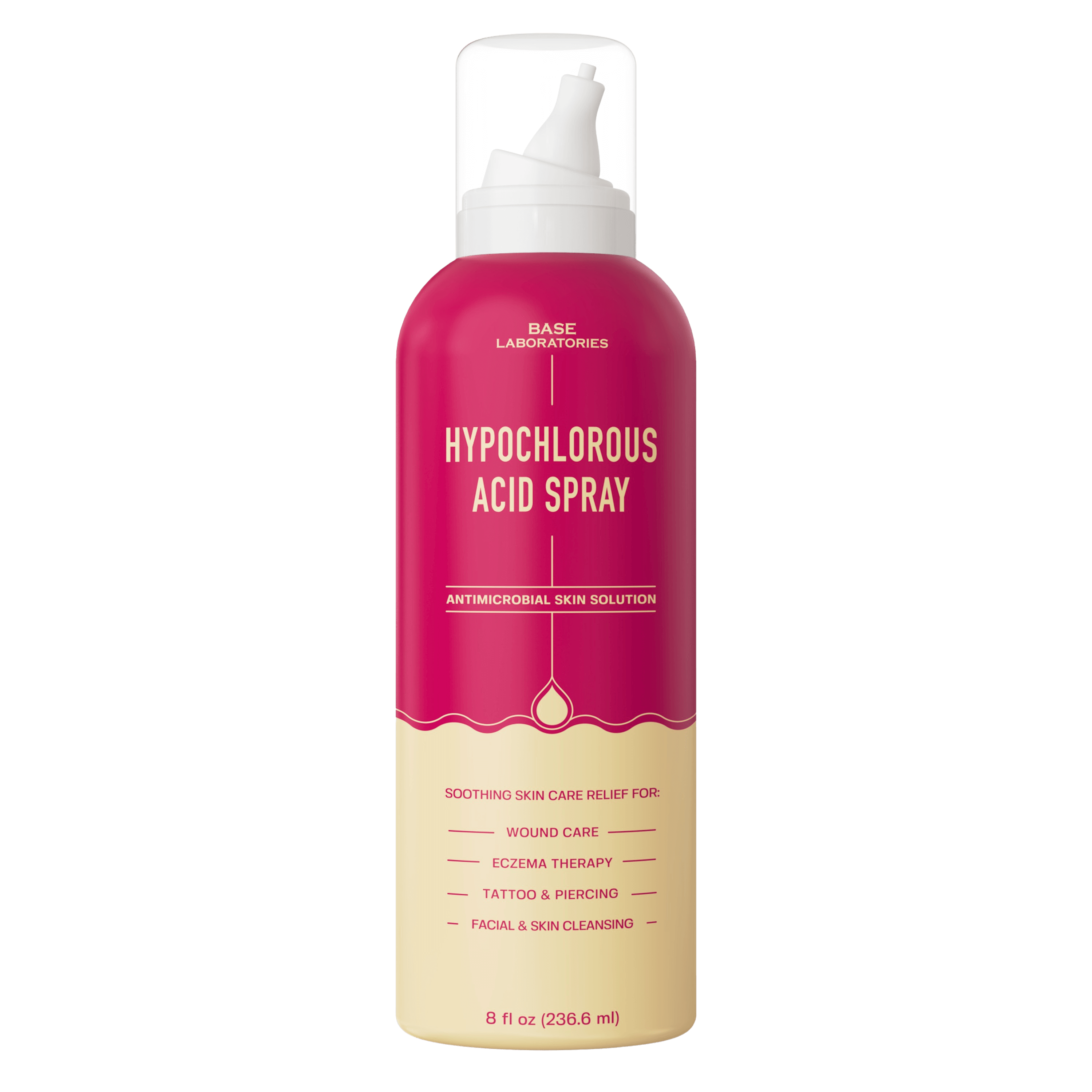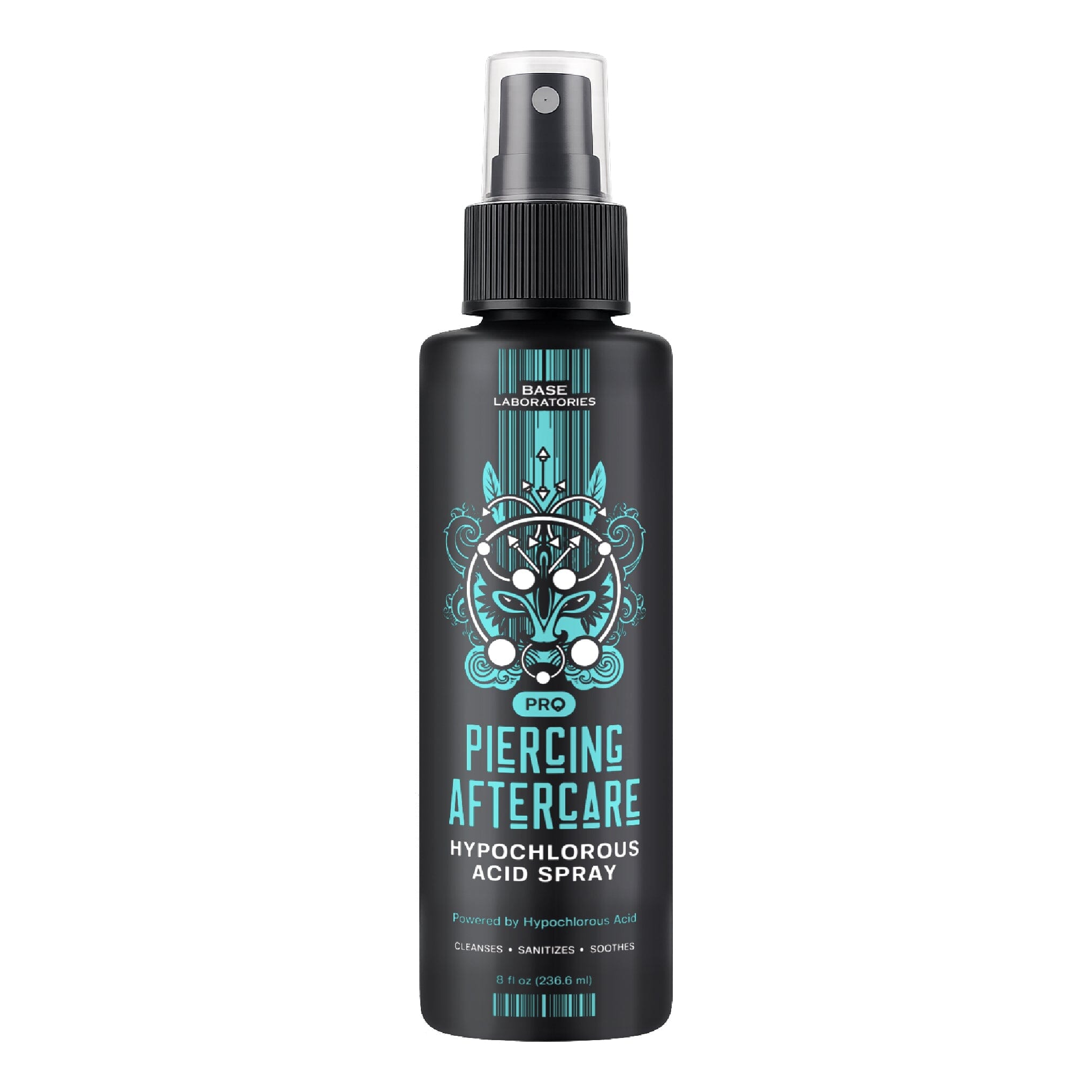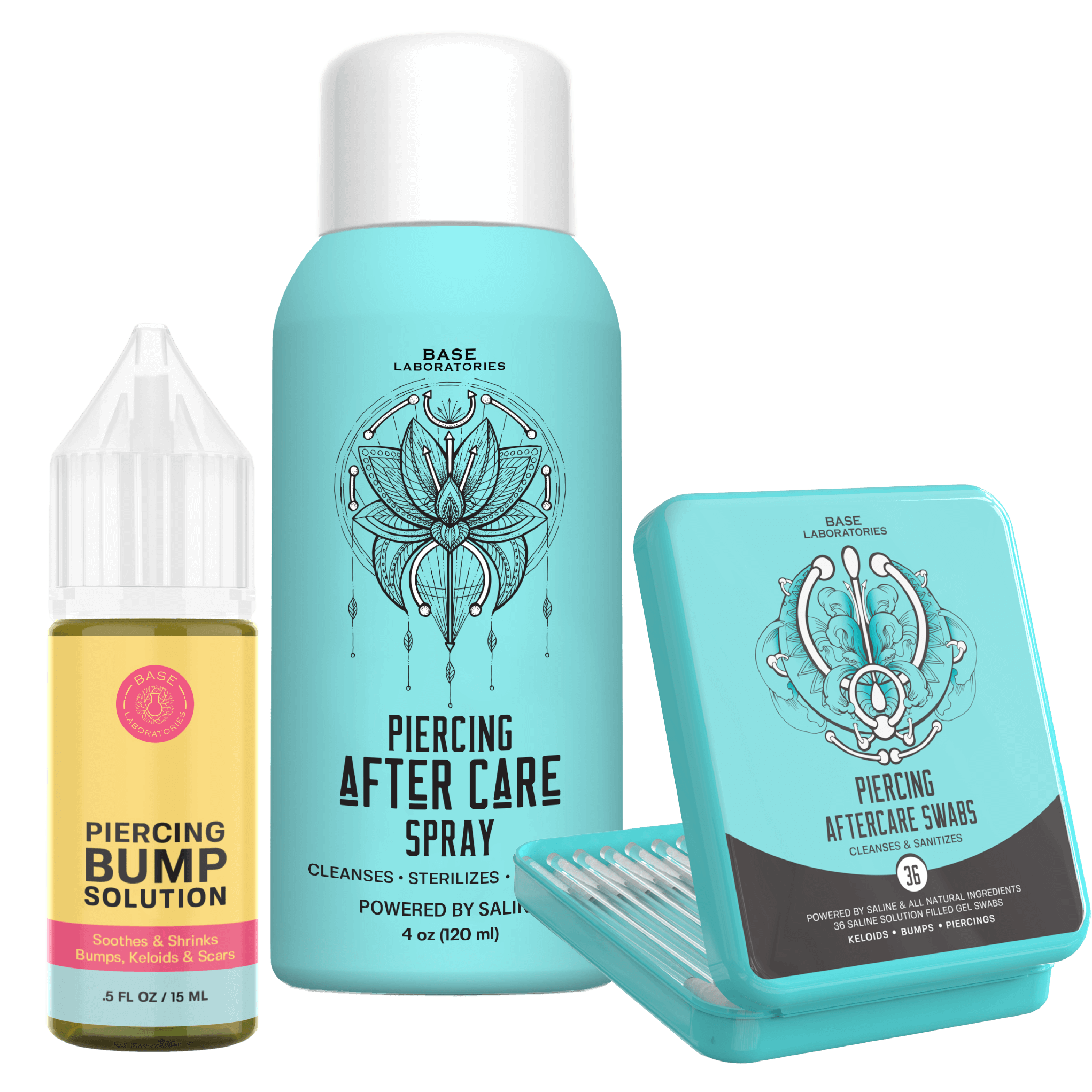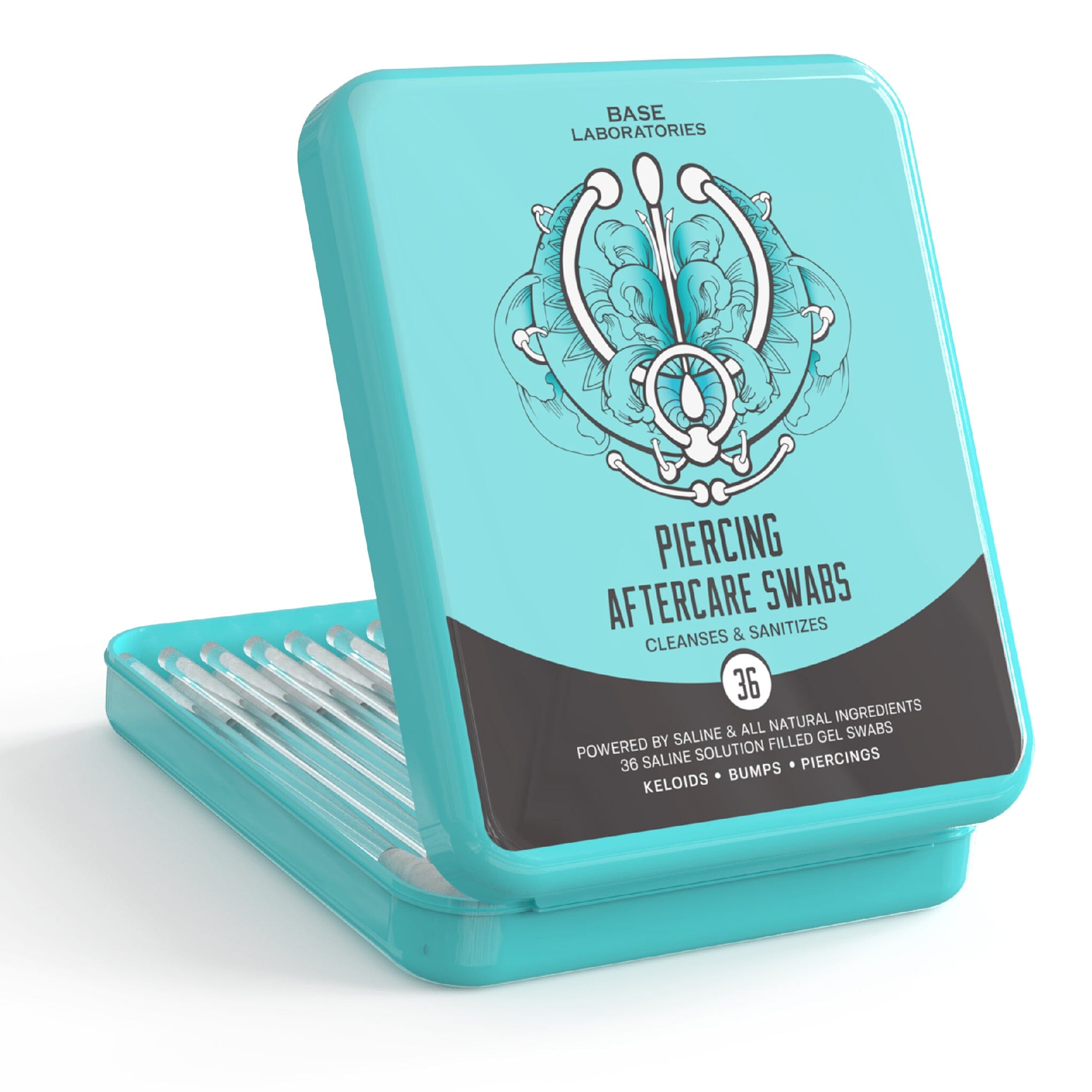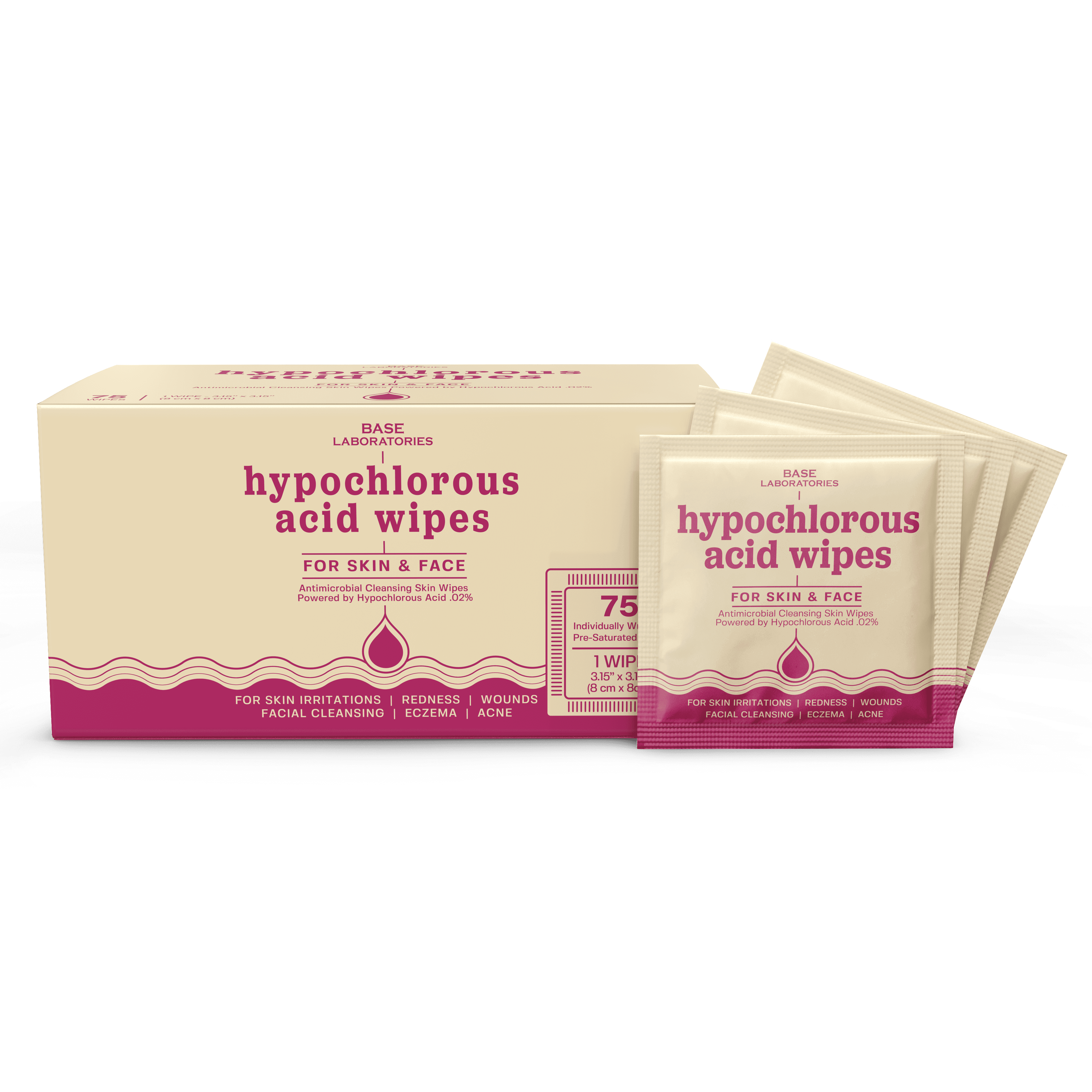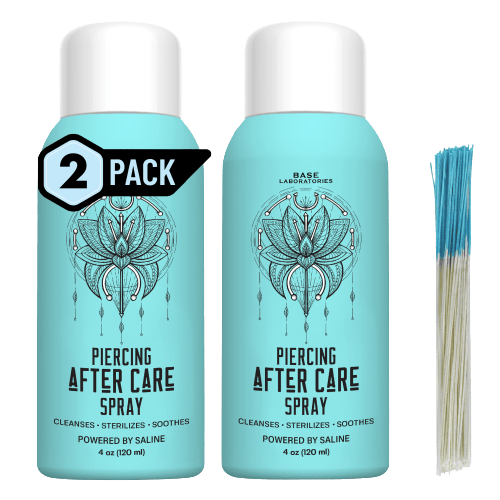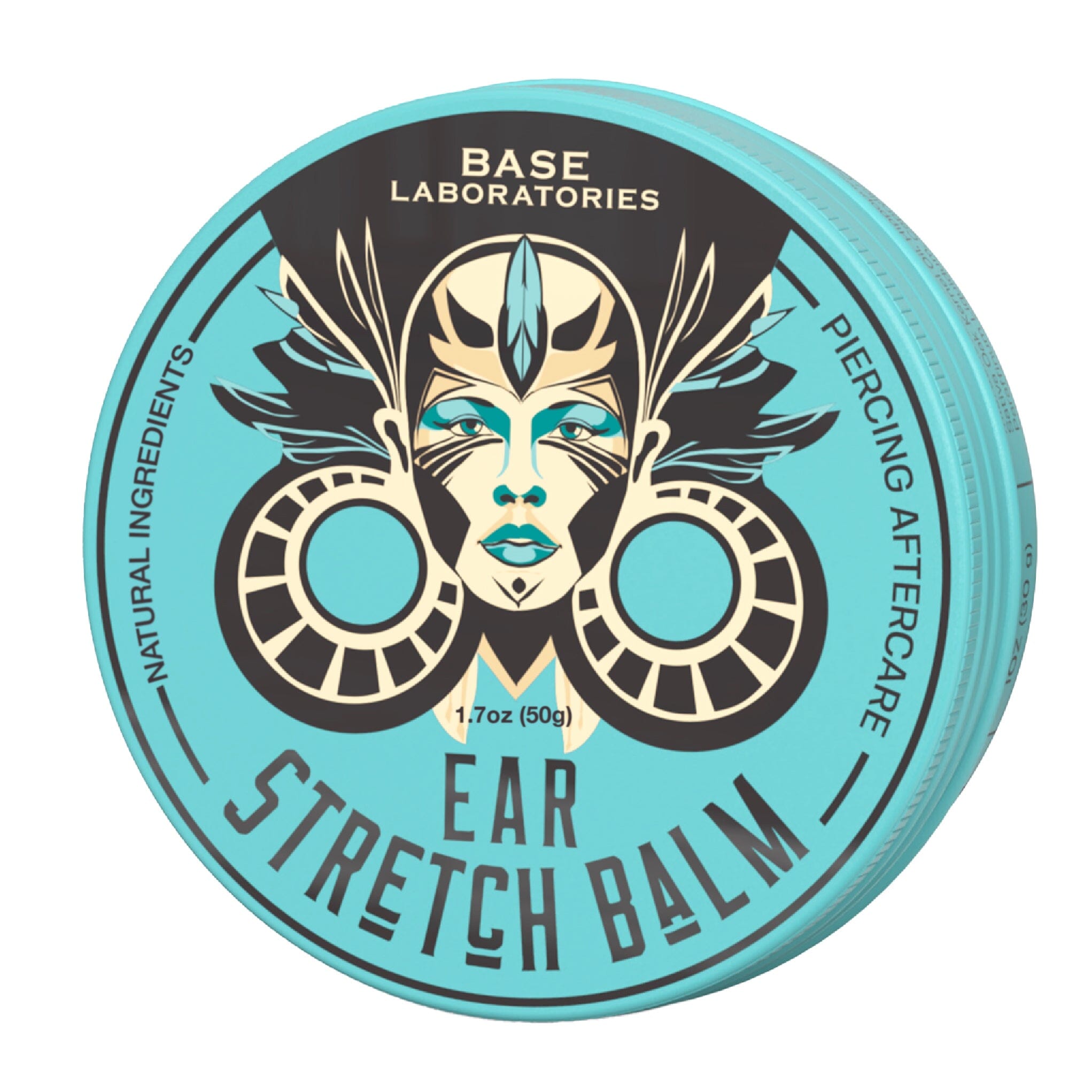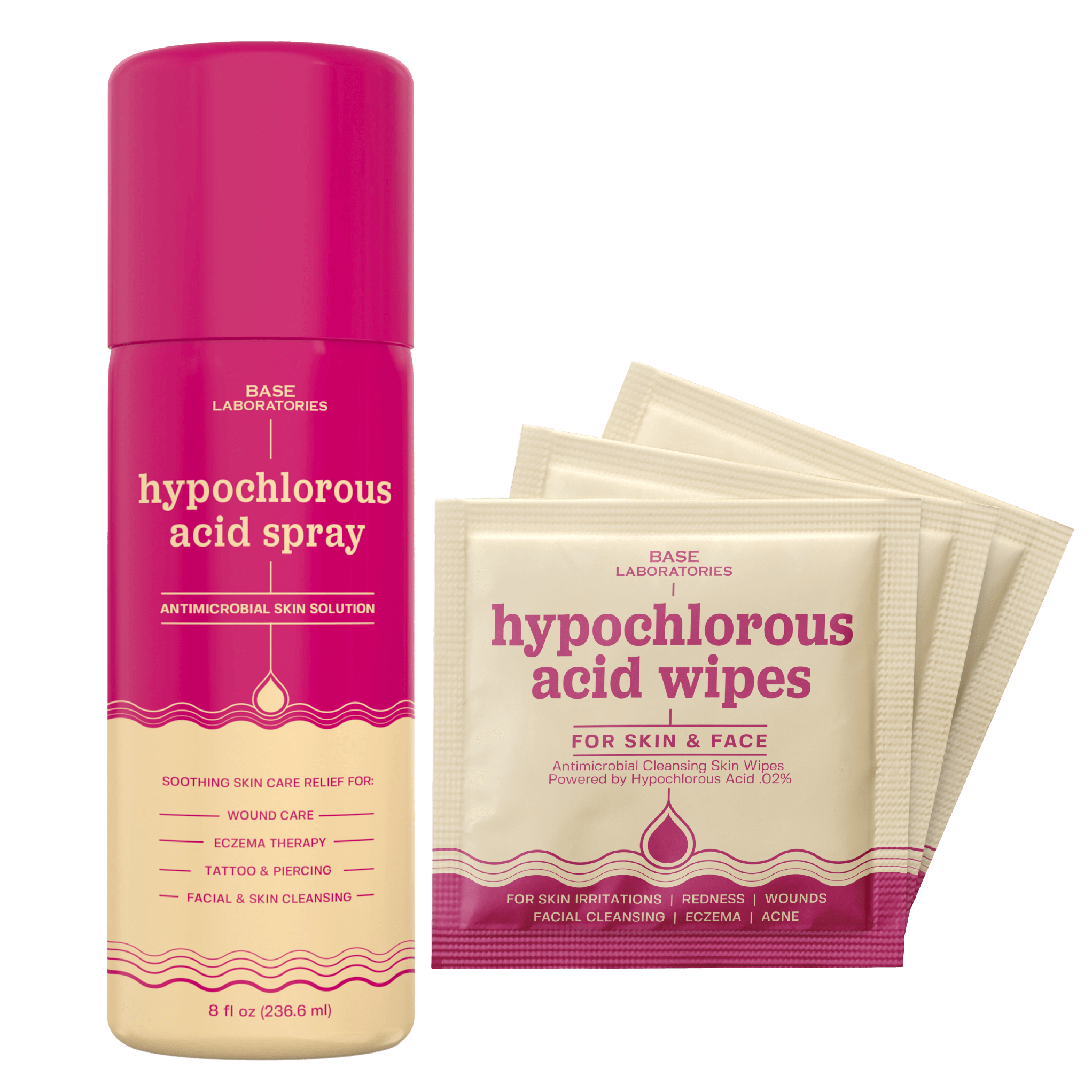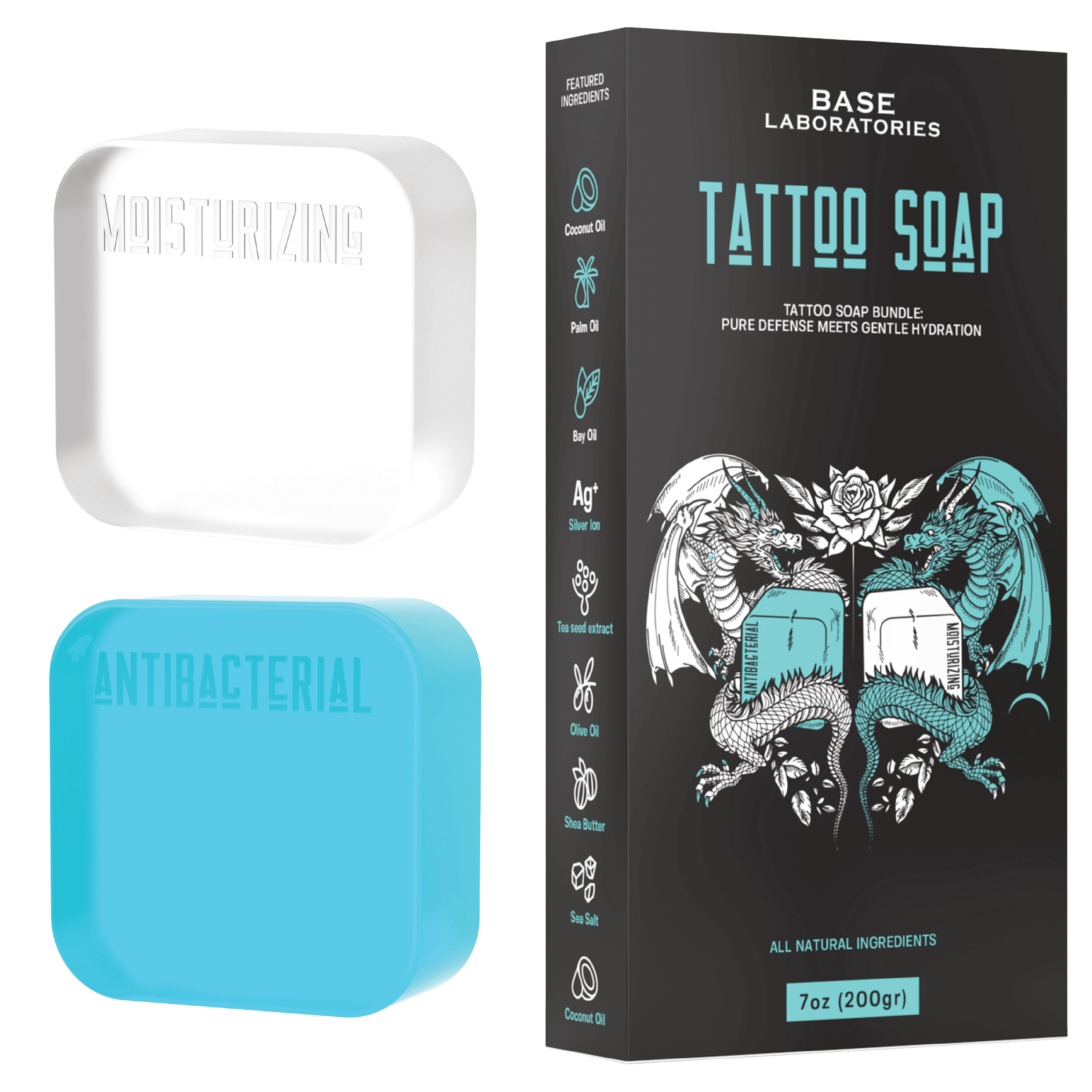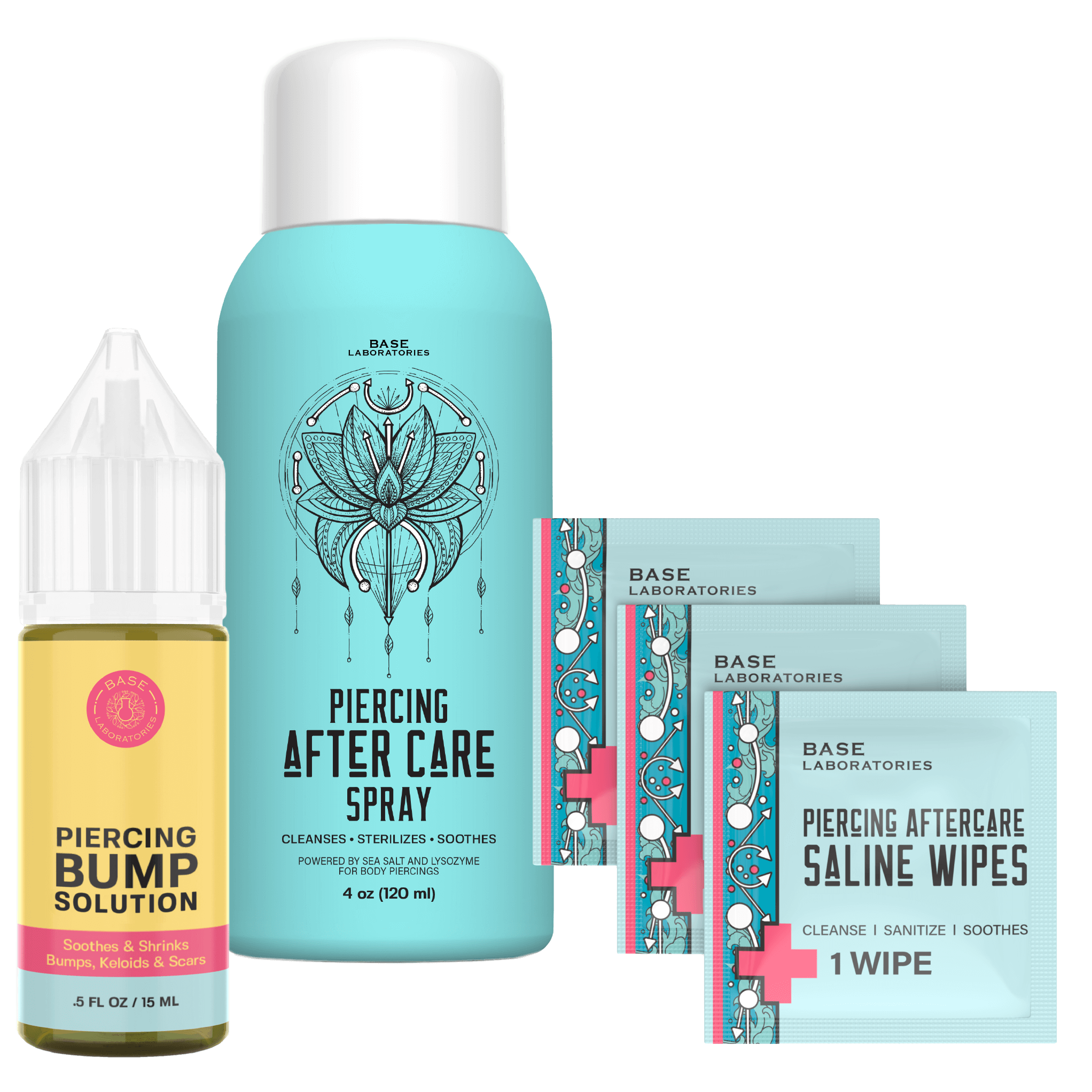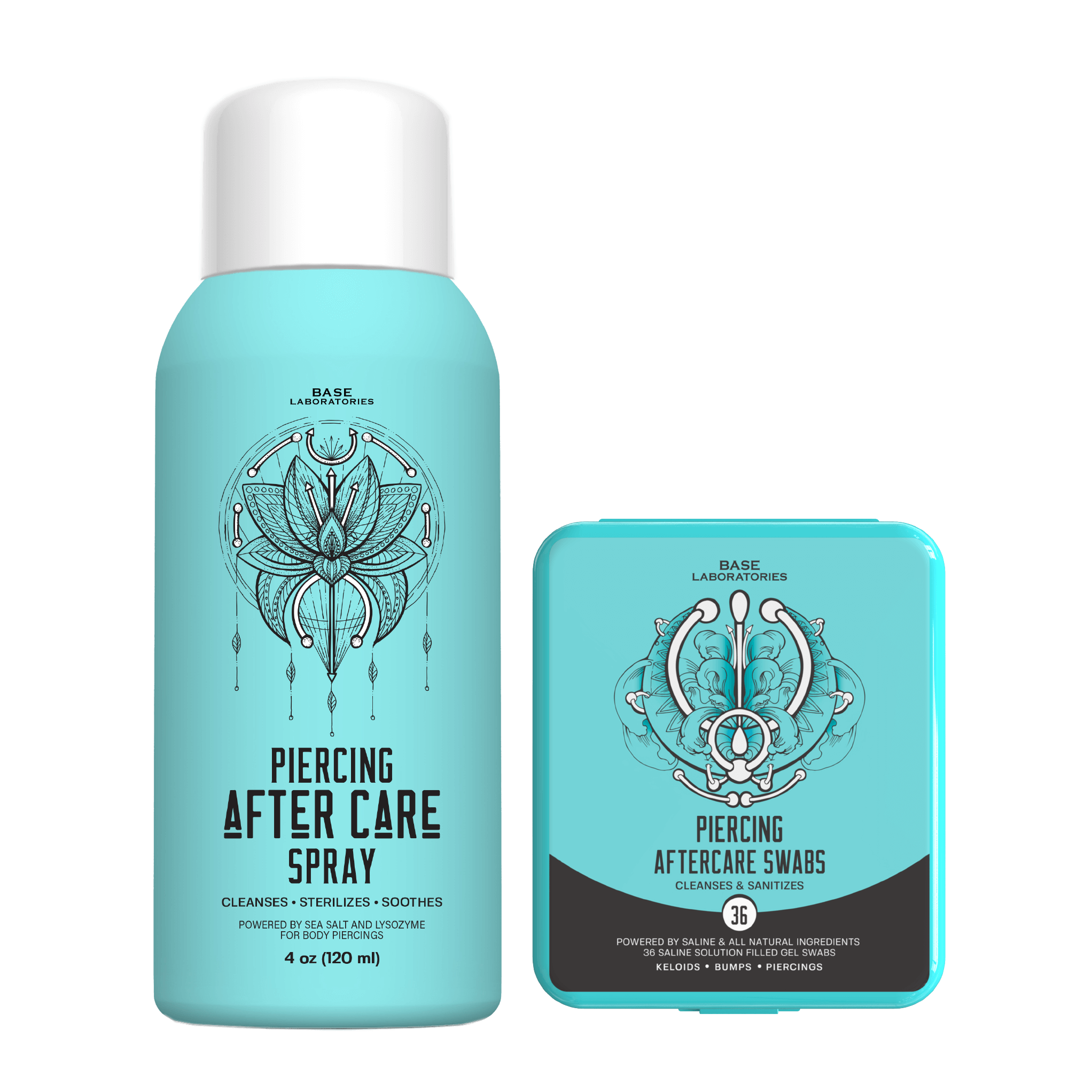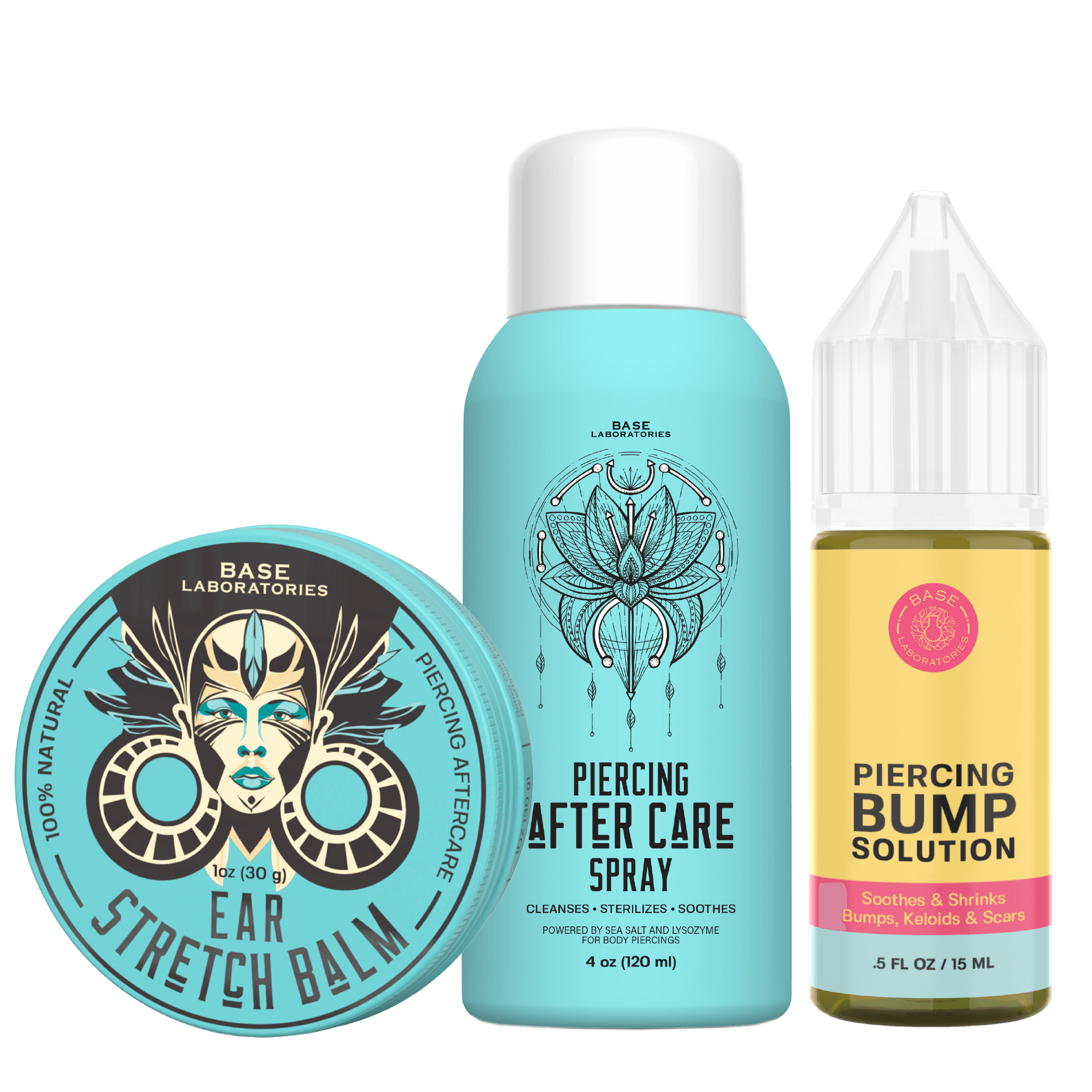Dermal Piercing: A Guide to Placement and Healing
Dermal piercings, also known as surface piercings, are a type of body modification that involves piercing the skin and inserting a decorative piece of jewelry. Unlike traditional piercings, which go through the earlobe or other specific areas of the body, dermal piercings can be placed in a variety of locations and offer a unique and customizable way to express oneself.
Here are five key points to know about dermal piercings:
-
Dermal piercings are different from traditional piercings. Unlike earlobe piercings or other types of piercings that go through a specific area of the body, dermal piercings involve piercing the surface of the skin and inserting a piece of jewelry underneath. This allows for a wide range of placement options and allows the wearer to choose a design that is unique and reflective of their personal style.
-
Dermal piercings require special care and attention. Because dermal piercings are placed on the surface of the skin, they are more susceptible to infection and other complications. It is important to follow the aftercare instructions provided by your piercer, which may include cleaning the piercing with an antimicrobial solution and avoiding certain activities or products that could irritate the piercing.
-
Dermal piercings can enhance your appearance. In addition to offering a unique and customizable way to express yourself, dermal piercings can also enhance your appearance by drawing attention to a specific area of the body. Whether you choose a simple stud or a more elaborate design, a dermal piercing can add a touch of elegance and sophistication to your look.
-
Dermal piercings can cause scarring. Like any piercing, dermal piercings can result in scarring if they are not properly cared for. It is important to follow the aftercare instructions provided by your piercer and to avoid picking or scratching at the piercing, as this can increase the risk of scarring.
-
Dermal piercings can be removed. If you decide that you no longer want your dermal piercing, it can be removed by a professional. The removal process typically involves numbing the area and carefully removing the jewelry, and may result in some scarring or other side effects. It is important to consult with a professional before attempting to remove a dermal piercing on your own.
Overall, dermal piercings offer a unique and customizable way to express yourself and enhance your appearance. While they do require special care and attention, the benefits of a dermal piercing can make it a worthwhile addition to your body modification collection.


